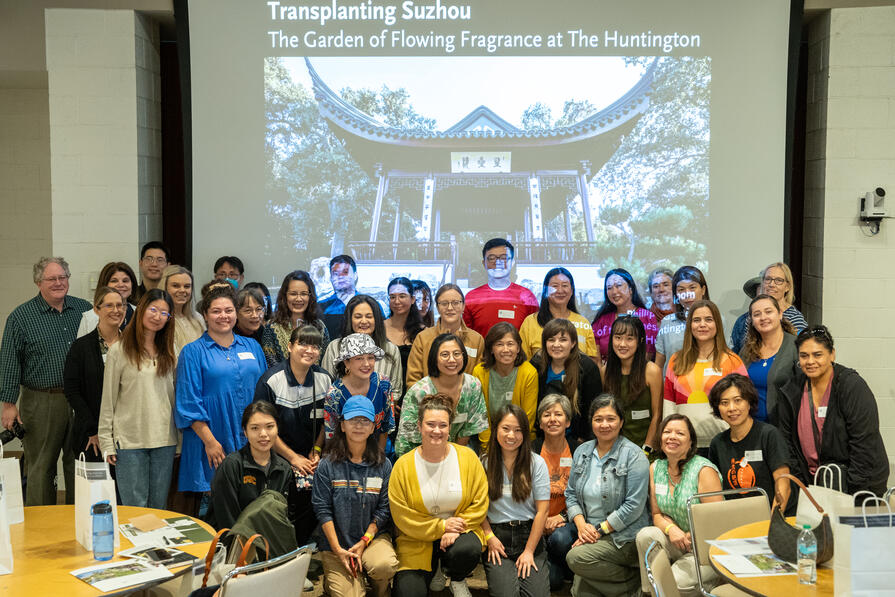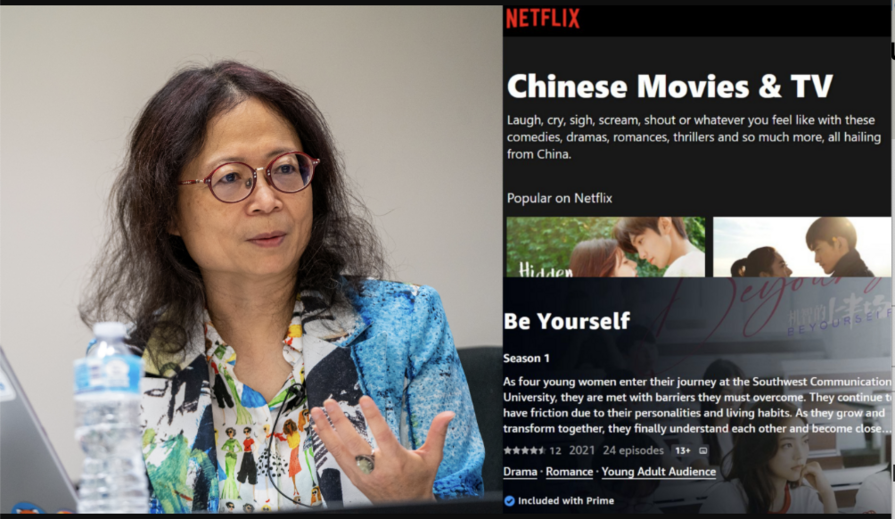By KATHERINE CHU
The Chinese film industry lost ground - the size of audiences significantly declined, from over 27 billion in 1983 to 16 billion in 1990 (Wu 8). That situation substantially changed after 1993, when the government began to restore its former cultural policies.
The market share of domestic featured-film productions quadrupled, from 83 in 2000 to 330 in 2006. Total box office revenue rose from $120 million in 2000 to $327.5 million in 2006, while domestic film’s box office earnings climbed from $35 million in 2000 to $150 million in 2005. Moreover, new box-office records for domestic films grew from $5.25 million in 2001 (Feng Xiaogang, Big Shot’s Funeral) to $31 and $37.5 million (Zhang Yimou, Hero, 2002, and Curse of the Golden Flower, 2006). Zhang Yimous’ movie House of Flying Daggers (2004), Chen Kaige’s The Promise (2005), and Feng Xiaogang’s The Banquet (2006) each took in between $17.5 and $21.5 million in China alone. In 2007, Peter Chan’s “The Warlords” has earned $35.74 million become the no.1 spot at the 2007 Chinese-language box-office, followed by director Feng Xiaogang’s Assembly and Ang Lee’s Lust, Caution. According to the 2007 China Cultural Industries Development Report, the domestic film box office has increased around 22 percent every year since 2002. In 2007, homegrown movies account for 54% of the mainstream film box office. These results show that high-budget co-production is the most spectacular development this century.
USCI funding supported my recent four-week visit to Beijing, Shanghai and Hong Kong where are the most important cities for Chinese film industry. I would like to thank the USCI for making this trip possible.
Why rapid growth of the domestic film industry?
Traditionally, the film industry in China had been given financial support by the state. In addition, the government had strictly controlled the film industry with censorship and entry barriers, just as it controlled other media industries, such as newspapers and broadcasting. Film had been used as a “propaganda” tool to educate the public. Finally, the China Film Import and Export Corporation had the monopoly as the only agent for all national and imported films in production, distribution, and exhibition. In 1994, the state government decided to break China Film’s monopoly on the distribution of domestic films; also, the new policies encouraged Chinese businesses to invest in film production. The government also directly involved itself in negotiations with Hollywood companies, like Disney, Sony Corporation of America, etc., in order to set up the film business between China and the United States (U.S.). In an age of neoliberal globalization, the Chinese government initiated the growth of the domestic film industry. Overall, the meaning of film has changed from a ‘weapon’ to educate public to a commodity, the essence in the reform.
Implications
The swift growth and change of the Chinese film industry in recent years signaled a parallel major growth of the co-production with foreign producers, especially from Hong Kong, Taiwan and the U.S. For the foreign investors, such collaborative relationship reflects the attraction of a large potential Chinese market. On the Chinese side, these collaborations appear driven by an urgent need to reconstitute local markets after the long-term decline of audiences. Film producers are forced to negotiate their political and artistic visions in accordance with the commercial demands. In this perspective, the increasing co-production Chinese film production has shaped by both global pressures and local goals.
The development of Chinese national cinema in global contexts is not merely a mixing of local and foreign elements but involves a deeper interrogation of modes cultural production. Local identities are not simply blurred but the process of co-produced films challenges the assumptions of the core/periphery model, which. I strongly believe, has generated a newly cultural identity.
During the summer …
My work in the summer first began with documents research in the bookstores and libraries such as the Chinese National Library in Beijing and the University Service Center in Chinese University of Hong Kong.
In between, I met several government officials in Beijing and very fortunate these officials have given me some important government policy reports and data. These data help me to figure out how well the film industry is not only domestically, but also aboard. Laws such as “Suggestions on Accelerating the Development of the Film Industry,” “Regulations on the Management of Film Co-production Between China and Foreign Countries,” and “Interim provisions on Foreign Investment in Cinema Construction” which are highly acclaimed by the industry-related workers and such policies are believed to have a great influence on enhancing the power and competitiveness of Chinese cinema.
I have also been to Beijing Film Academy. Due to the Summer Olympic Games, all the Beijing campus have been closed in early July which forbidden me to visit the library in Beijing Film Academy. However, I was fortunate to be able to converse with several school teachers and students at the campus bookstore. Through the conversations, I was told an opposite view of China film industry. The film industry has increasingly benefited the mega-films producers like Zhang Yimou, Chen Kaige and Feng Xiaogang, but ignored a lot of talented directors. The triad made martial-arts films only which are unrelated to the contemporary Chinese people’s life. In long term, they didn’t see those Chinese films will make contributions to human civilization.
My next destination was in Shanghai. I met dozen of scholars in the conference organized by Shanghai University, School of film and TV Arts & technology. There was a big debate divided the scholars into two camps, one who have claimed the development of film industry is splendid, while others have hesitated to believe high-budget co-production is the remedy to the film industry. But, most of the scholars believe the role of state is extraordinary and the state should be more open to allow producers freely express their “artistic” views, in the goal to mobilize social forces and absorb all types of capital to invest in the Chinese film industry.
Reflections
The future of the Chinese cinema clearly depends on the openness and consistency of state policy. However, besides the factor of the state, Chinese cinema may depend on how it manages three other major issues. First, the film industry has to learn the ways in which it can maintain and expand the current boom in domestic films without support from the state. Second, the future of the Chinese film industry cannot solely depend on mega-films even recent years were “splendid”. Homegrown blockbusters were supposed to be China’s answer to Hollywood. However, the question remains, how can they make Americans see a film with subtitles? Besides China’s 5,000-year-old history, beautiful natural landscapes, and the martial-arts genre, which can all satisfy foreigners’ Chinese mythical imaginations, what else can Chinese films offer to foreign audiences? Third, how can we maintain a balance between Chinese cultural identity and the efficiency of the film industry? To maintain the current boom of domestic films, Chinese policy makers and those in film industries have to consider how to integrate the identity of domestic culture into the logic of the global film market. However, an examination of the films did not lead me to the conclusion that Chinese film policy makers have concrete insights about the conception of cinema in relation to national identity. The new film policy is profit-oriented, and does not reinforce the concept of “national cinema.”
Katherine Chu is a PhD candidate in USC’s Politics and International Relations Ph.D. Program. Ms. Chu published an article based in part on this research in Asian Politics & Policy.



